13 Vintage Hairstyles That Are Making a Comeback
Vintage hairstyles have a charm that never goes out of style. From glamorous curls of the 1920s to the voluminous looks of the 1960s, many classic styles are finding their way back into modern fashion. These timeless looks bring a sense of nostalgia while still feeling fresh today.
This post may contain affiliate links, which helps keep this content free. Please read our disclosure for more info.
Victory Rolls
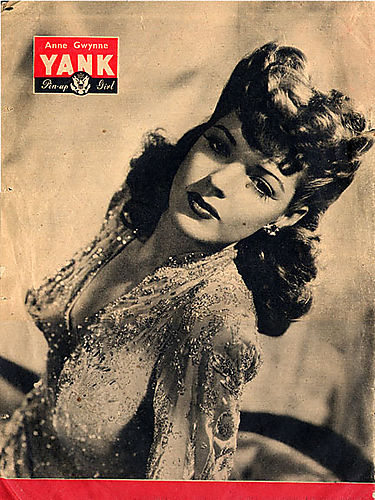
Victory rolls became popular in the 1940s, often worn by women as a stylish yet practical way to keep hair away from the face. The look involves rolling sections of hair toward the crown, creating a dramatic shape that highlights the cheekbones. It was seen as both fashionable and symbolic, representing strength during wartime. Today, it’s often worn for retro-themed events or glamorous evenings out.
This hairstyle pairs beautifully with both casual and formal outfits, making it versatile for modern wear. Many people adapt the rolls into softer, looser versions for an updated touch while still keeping the vintage essence. It’s a statement style that instantly adds flair to any look.
Finger Waves
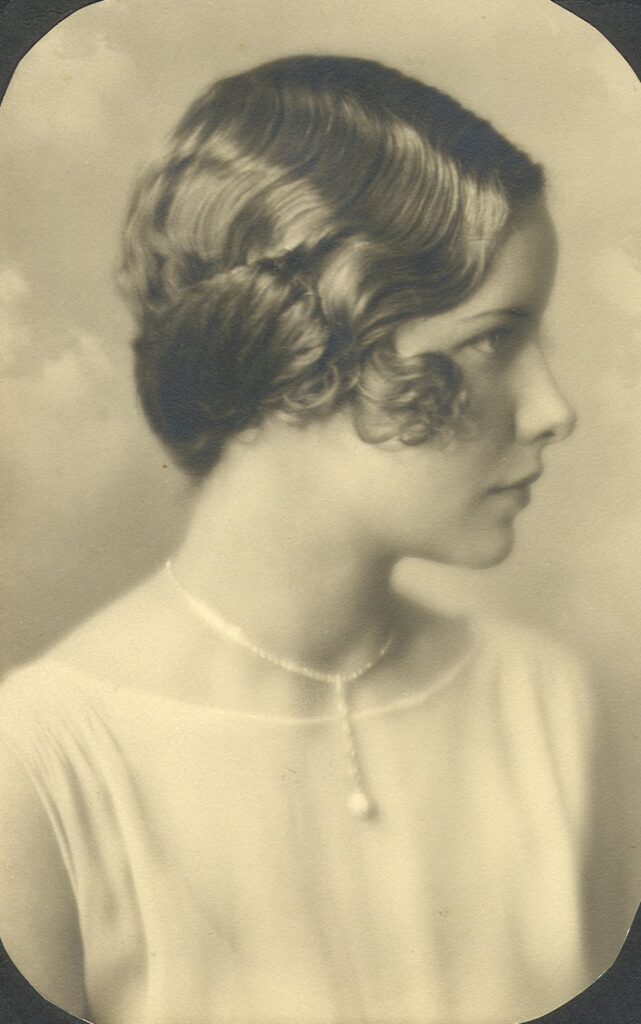
Finger waves are defined by their soft, S-shaped ridges, a hairstyle that dominated the 1920s and 1930s. The glossy finish and sculpted waves gave women a polished and elegant appearance. Originally set with gel and a comb, the look framed the face with a graceful, flowing pattern. It was a favorite among flapper girls and Hollywood stars alike.
In recent years, finger waves have been revived on runways and red carpets. Modern variations often combine the classic wave with looser textures or shorter cuts. This blending of vintage technique with contemporary styling makes finger waves a timeless choice for special occasions.
The Beehive
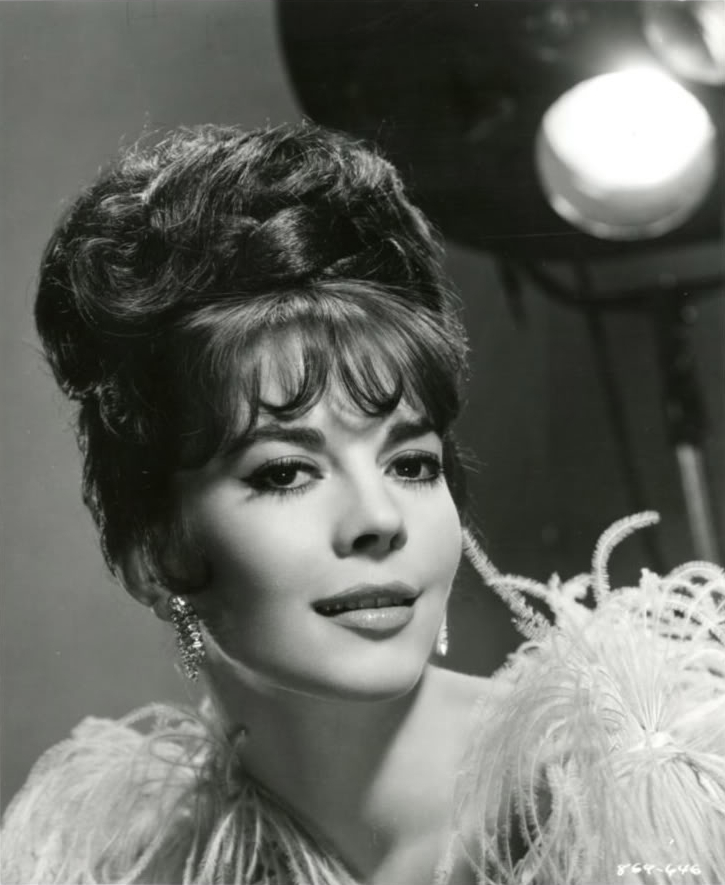
The beehive is one of the most recognizable hairstyles of the 1960s. Known for its tall, rounded shape, it added instant drama and glamour to any outfit. Women often teased and piled their hair high, securing it with sprays and pins for lasting hold. Iconic figures like Audrey Hepburn and Dusty Springfield popularized the look.
Today’s versions of the beehive are usually softer and less rigid than the originals. Stylists may leave strands loose around the face for a more relaxed effect. Despite these modern tweaks, the hairstyle still carries the same eye-catching charm.
Marcel Waves
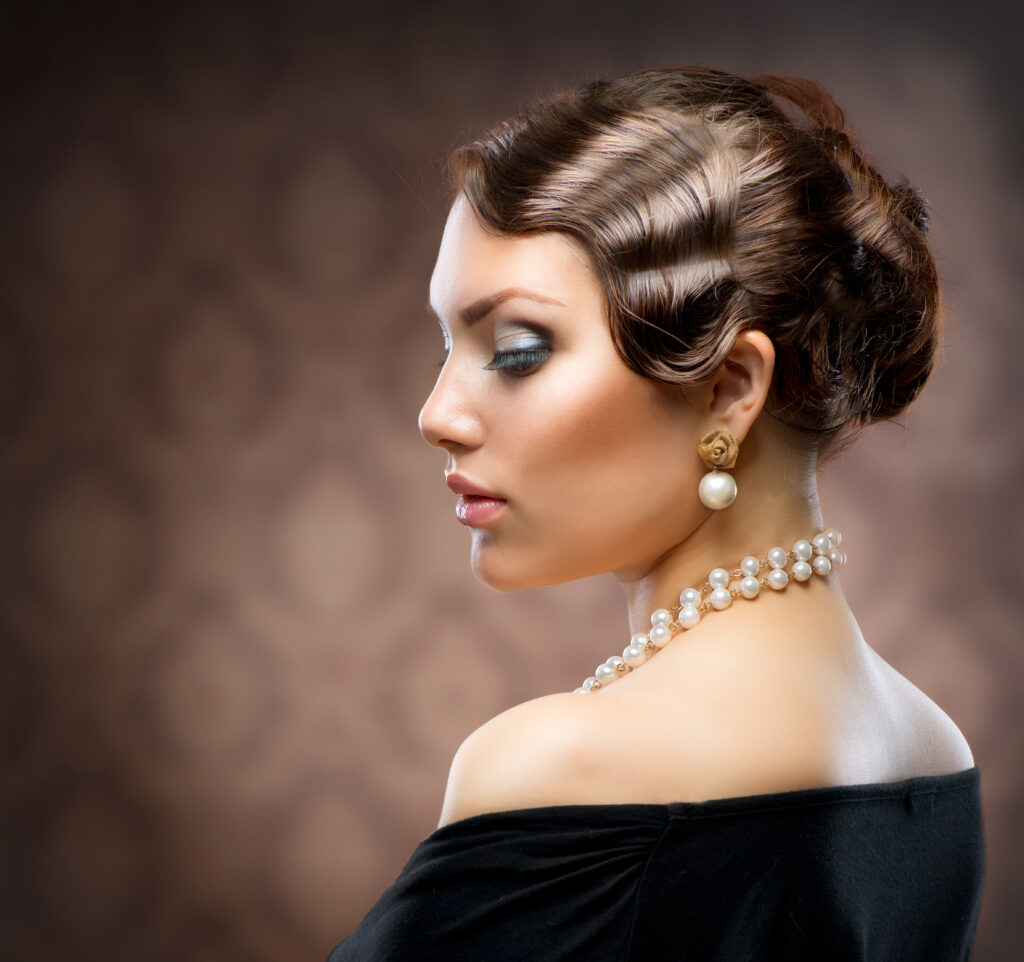
Marcel waves date back to the early 20th century and were created using heated tongs. Unlike finger waves, these had a deeper, more structured curve. They became the go-to style for women seeking glamour in the 1920s and 1930s. Stars of classic cinema frequently sported this look both on and off screen.
Although less common for everyday wear, Marcel waves are still used for vintage-inspired weddings and themed parties. Stylists often recreate them with curling irons for a softer finish. Their polished, uniform pattern remains unmatched for creating old Hollywood glamour.
The Gibson Tuck
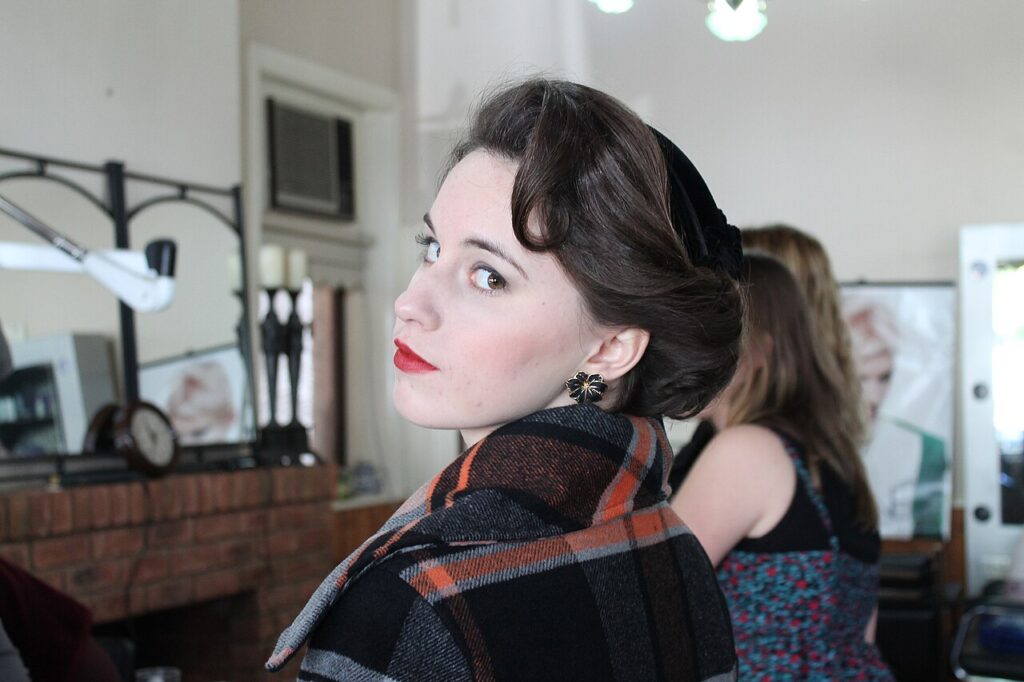
The Gibson tuck was widely embraced in the late 19th and early 20th centuries. It involved rolling long hair into a soft, elegant bun at the nape of the neck. This style was simple yet refined, making it popular for both daytime and evening wear. It reflected the graceful fashion of the Edwardian era.
Today, the Gibson tuck has reemerged as a romantic option for weddings and formal gatherings. Modern versions sometimes include braids or decorative pins for added charm. Its ease of styling makes it appealing for anyone seeking an elegant vintage touch.
1960s Flipped Ends
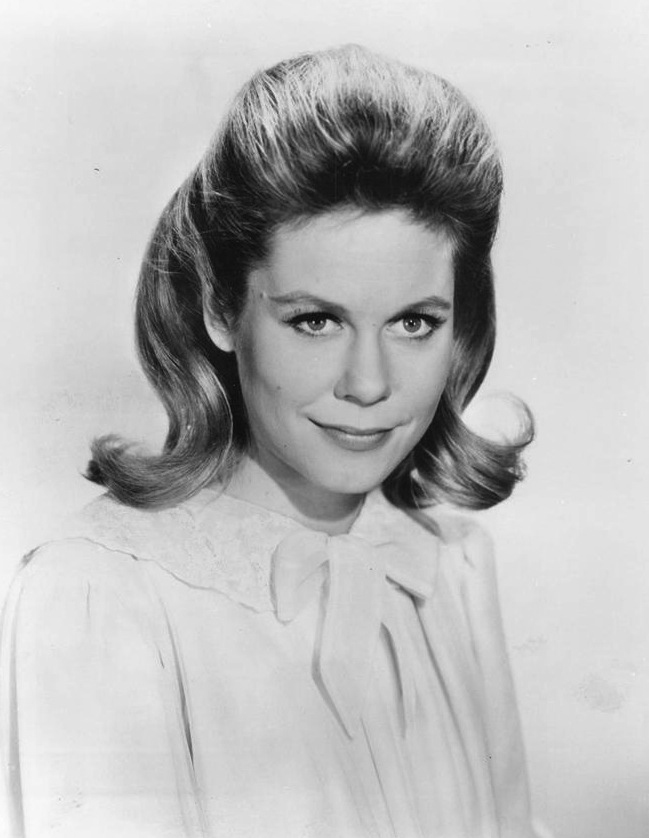
Flipped ends were a signature look of the 1960s, where hair was styled straight with the tips curled outward. The playful shape gave hair a lively bounce and added movement. Celebrities like Mary Tyler Moore and Ann-Margret helped make it iconic. The style was often paired with headbands or teased crowns.
Modern flipped ends are often done with straighteners or curling irons for a sleeker finish. While it still carries that retro appeal, it’s easier to wear casually today. The style works well with medium-length cuts and layers, keeping it fresh and versatile.
Pin Curls
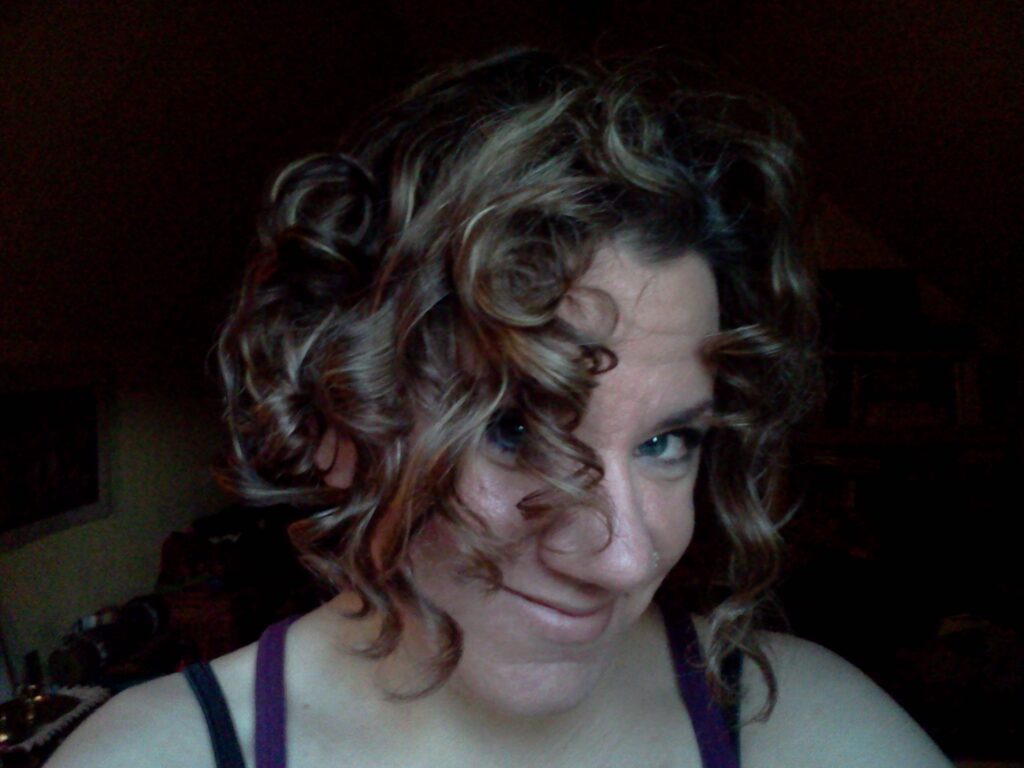
Pin curls were a staple in the 1930s and 1940s, used to set soft, structured curls. Women would wrap damp hair around their fingers, pin it flat, and let it dry into waves or ringlets. The method was both practical and accessible, since no heated tools were required. It produced a polished, feminine look that became a classic.
Even now, pin curls remain a go-to technique for vintage hairstyling. Many people use them to achieve authentic retro waves for themed events or performances. While time-consuming, the results carry a unique charm that’s hard to replicate with modern tools.
The Shag Cut
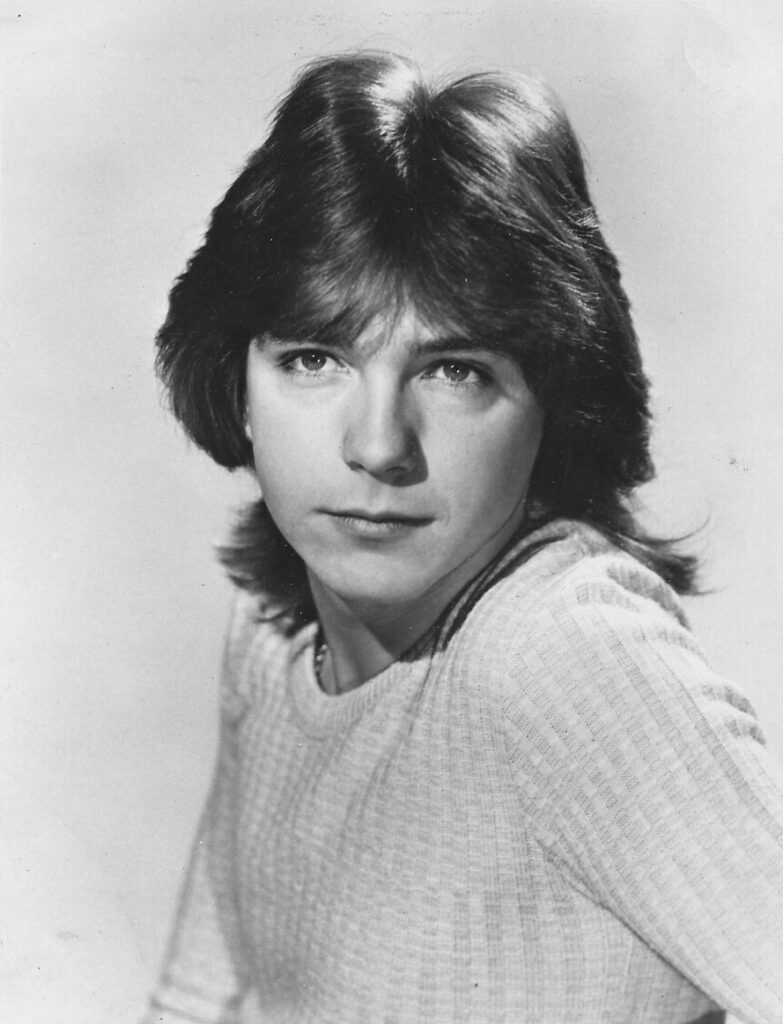
The shag cut emerged in the 1970s and featured layered, choppy ends with a tousled finish. It was a rebellious departure from smooth, structured styles of the past. Celebrities like Jane Fonda and Joan Jett helped cement its popularity. The style worked for many hair lengths and textures, adding to its appeal.
Today’s shag has returned with softer layers and more natural textures. It blends well with modern casual looks while still holding its vintage roots. The cut’s adaptability keeps it popular among those who want low-maintenance yet stylish hair.
The Pageboy
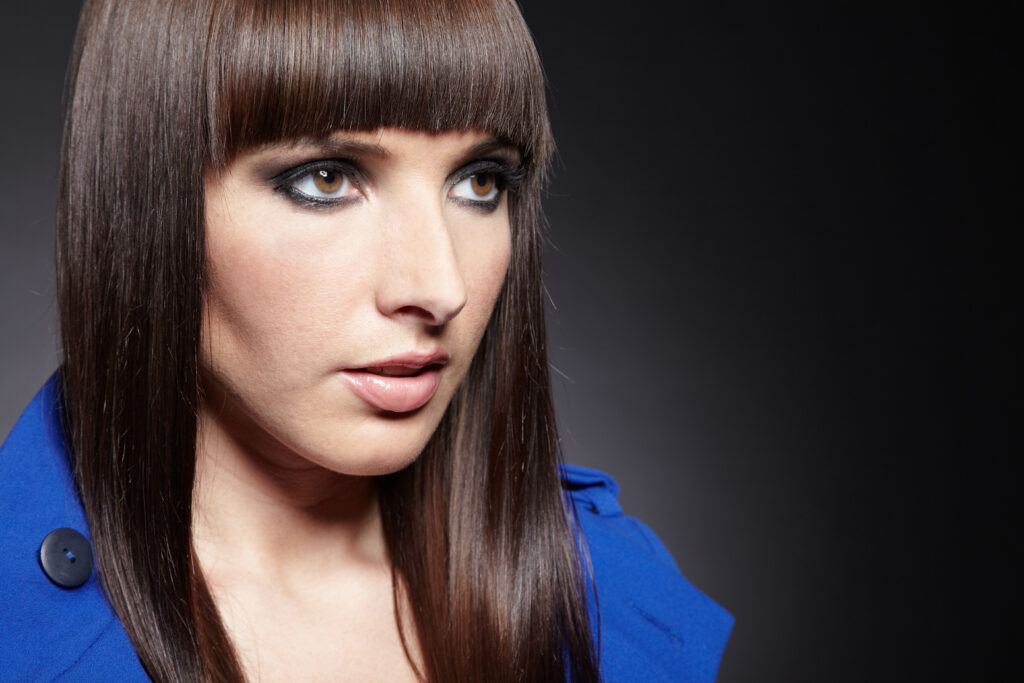
The pageboy hairstyle, popular in the 1950s, was sleek and sophisticated. It featured straight hair with under-curled ends and often included blunt bangs. This neat look was embraced by women seeking a polished, fashionable appearance. It framed the face beautifully while maintaining a tidy shape.
Modern versions of the pageboy sometimes play with length, adding longer bobs or asymmetry. It still gives off a vintage vibe but feels contemporary with subtle updates. The hairstyle remains an option for those who want a chic retro cut.
The Pompadour
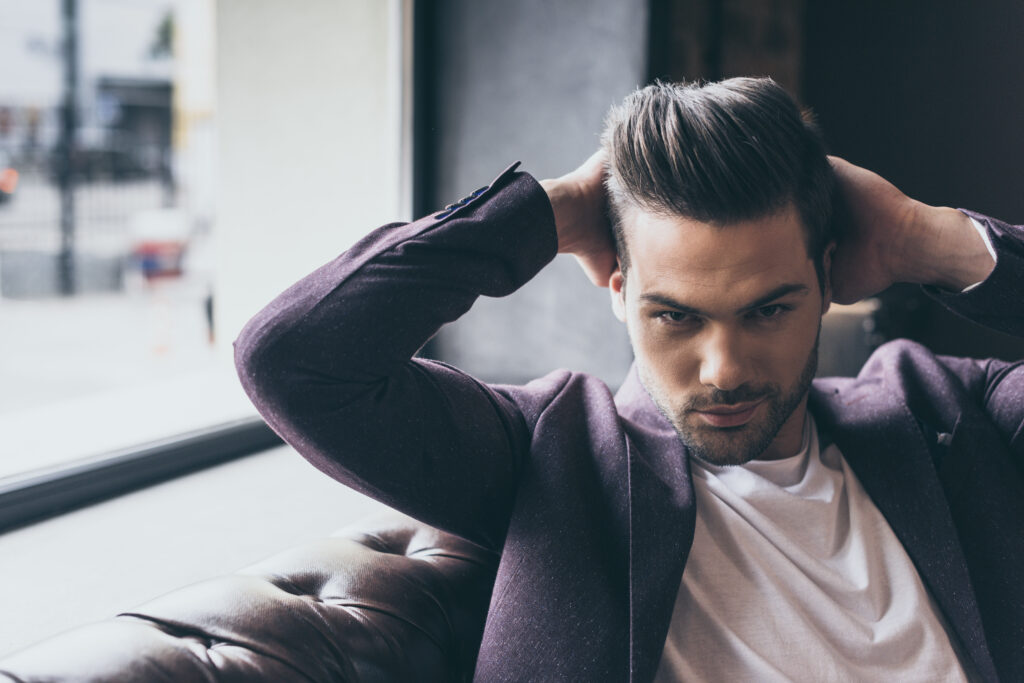
The pompadour dates back to the 18th century but became especially popular in the 1950s. With the front hair swept upward and backward, it created height and drama. Rock ‘n’ roll icons like Elvis Presley and later, female stars, kept it in the spotlight. It was both bold and stylish.
Today, the pompadour has found a place in both men’s and women’s fashion. Modern stylists experiment with textures, sometimes making it edgy or sleek. Despite variations, the essence of the hairstyle—its volume at the crown—remains the same.
1940s Side-Swept Curls
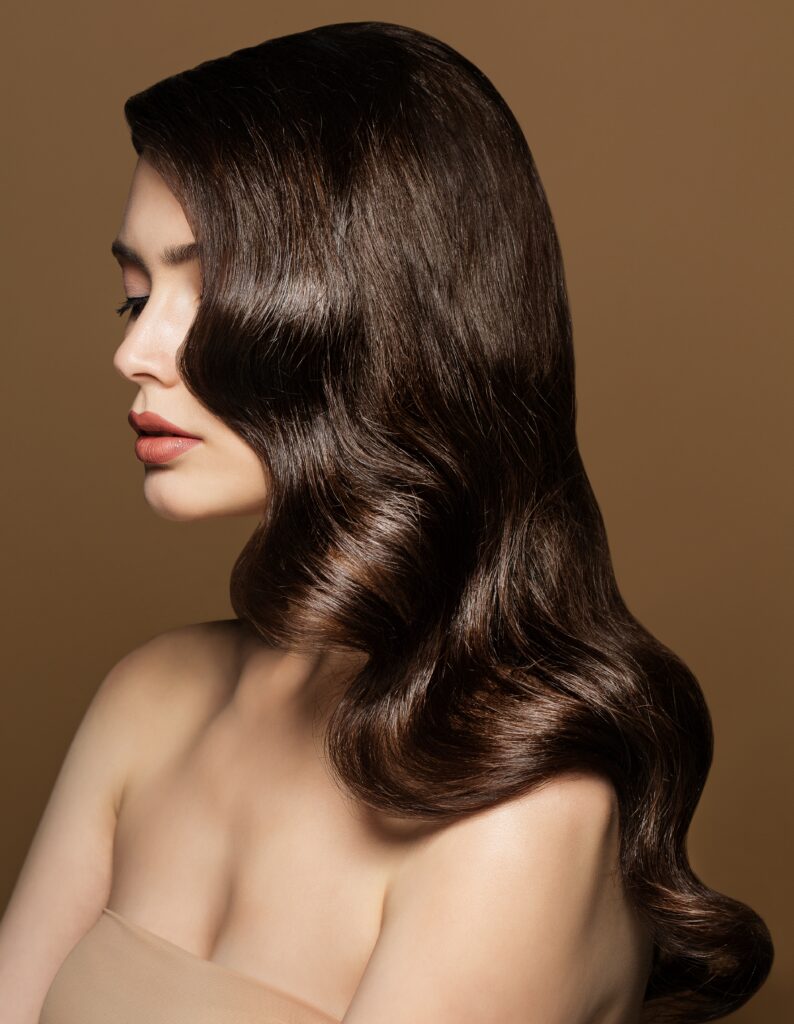
Side-swept curls were a glamorous favorite during the 1940s. Hair was styled into structured waves or curls and swept over one shoulder. This look highlighted facial features and added sophistication to evening attire. It was a staple for Hollywood actresses of the golden age.
The modern version of side-swept curls often includes looser, flowing waves. Brides and celebrities frequently choose this hairstyle for its timeless appeal. Its romantic and polished look makes it an enduring classic.
The Chignon
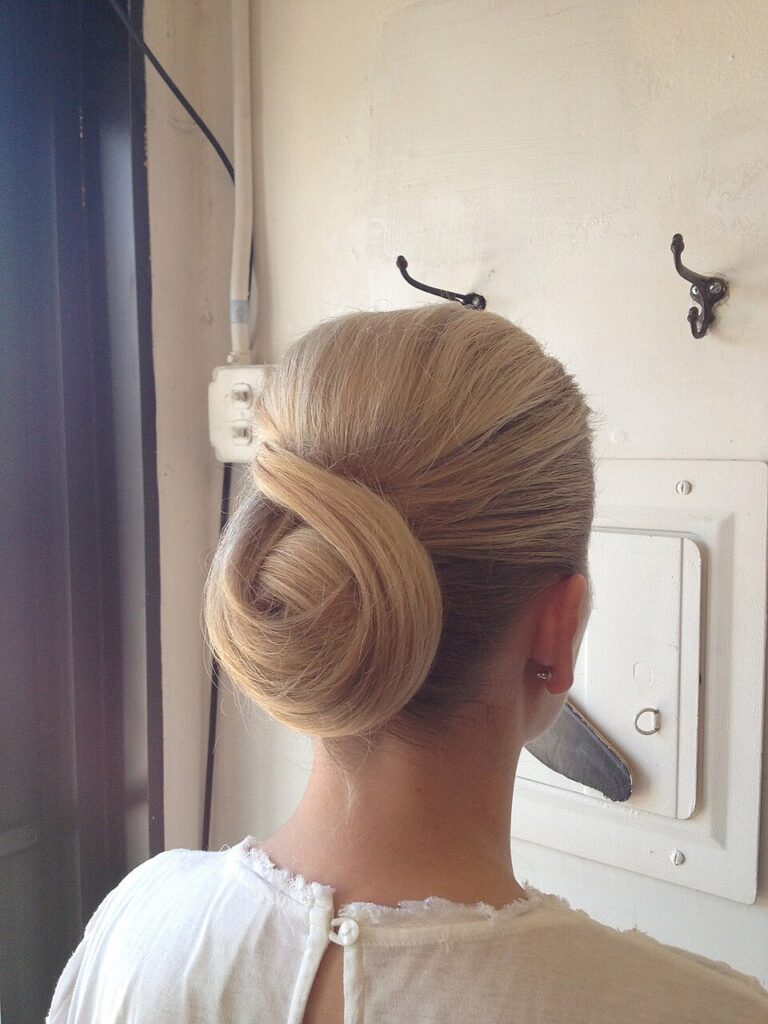
The chignon, a low bun gathered at the nape of the neck, has origins dating back centuries. It gained popularity in the early 20th century for its graceful simplicity. Women valued it for its versatility, as it could be worn plain or accessorized with pins and combs. It balanced practicality with elegance.
Today, chignons are often used for weddings, proms, and formal events. Stylists create variations with braids, twists, or textured finishes. This hairstyle’s longevity proves its enduring charm.
The Farrah Fawcett Feathered Look
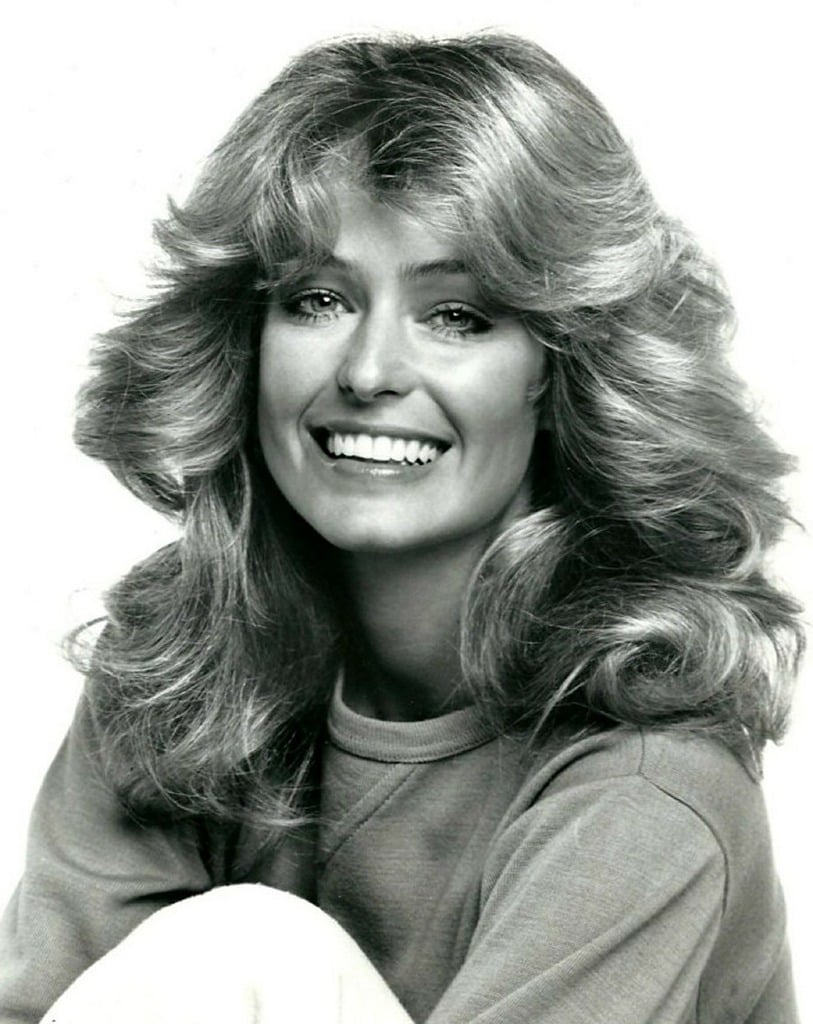
Farrah Fawcett’s feathered hair defined the late 1970s. Layers were styled away from the face, creating a voluminous, feather-like effect. It gave hair a free-spirited, glamorous vibe that many women tried to replicate. The look became iconic after her famous posters and TV appearances.
The feathered style is making a comeback with modern interpretations. While today’s versions may be less teased, the signature flowing layers remain. It continues to be a flattering choice for those wanting volume and movement.
This article originally appeared on Avocadu.
